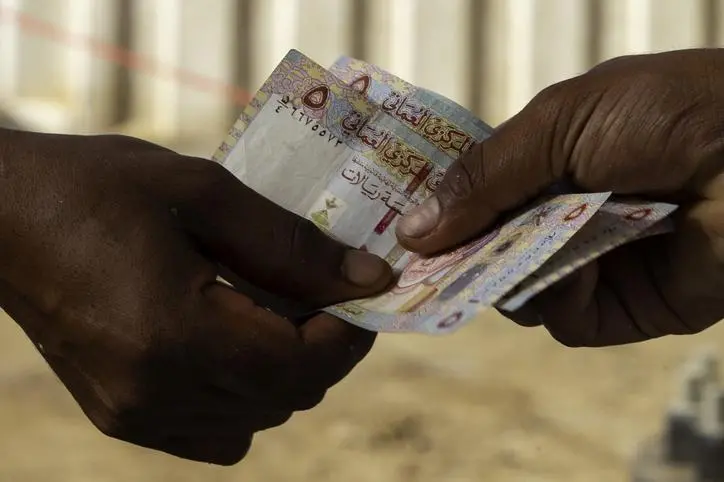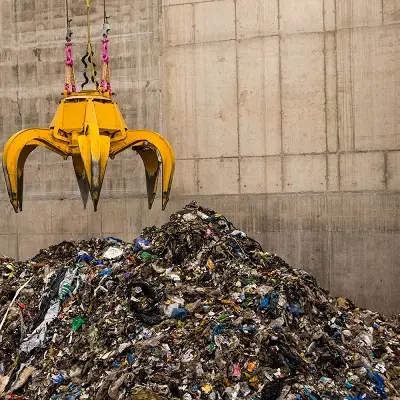PHOTO
Muscat: Remittances sent home by expats in Oman rose to touch nearly $10 billion in 2018, despite the number of foreign workers in the country falling over the past year.
According to data from the World Bank, remittances sent out of Oman reached $9.958 billion in 2018, up from the $9.815 billion figure posted in 2017.
In December 2018, Oman’s expat population stood at 2,030,194 having decreased from 2,100,975 in January 2018, which meant 70,781 foreign nationals left Oman last year, according to data from the National Centre for Statistics and Information (NCSI).
There were 1.996 million expats at the end of October 2019, which means a further 33,933 expatriates have left since then and December 2018.
One of the reasons more money can be sent home is because of the depreciation in the Indian rupee and other currencies of the developing world, which means the Omani rial, when exchanged into these currencies, delivers higher amounts.
China was among the top recipients of remittances as well, estimated to receive $70.2 billion in 2019, after taking in $67.4 billion the previous year. Also among the top recipients were Egypt, Nigeria, the Philippines and Pakistan.
R Madhusoodhanan, the CEO of Global Money Exchange, a remittance house in Oman, said this was because the Indian rupee was still weak compared to the Omani rial, which in turn was pegged to the US dollar.
“If, for example, I could previously get about INR165,000 for a thousand Omani rials, I can now get about INR185,000 for the same amount of money,” he explained. “The number of remittances may have fallen, but the amounts going to India and the other countries have increased because the value of remittances sent home is greater. Earlier, you could get INR165 for a single rial, but that soared up to INR193 in October 2018.
“The value of the Indian rupee has dropped by 13 or 14 per cent compared to what it was previously,” added Madhusoodhanan. “One US dollar in January 2018 was about INR63, and that rose to INR74.5 in October 2018, so you can see the depreciation of the Indian rupee compared to the US dollar. Simply put, people are now able to get more value for the same amount of money
“Since the Omani rial is pegged to the dollar, it means you get more Indian rupees when you remit money, he added. It is the same when you convert the Omani rial to any of the other currencies that people send home from Oman.”
Ramanuj Venkatesh, a financial analyst in the country, added, “Many of the families and extended relatives of the people back home often depend on this money for their day-to-day needs, and to them, this is a vital source of income. This also helps the home country build up its foreign exchange reserves, while providing a good contribution to the national GDP. A lot of times, this money is used for very important requirements, such as managing the household, buying day-to-day goods, paying school fees, and meeting healthcare costs, so the money remitted home by workers to their families is extremely important.”
© Muscat Media Group Provided by SyndiGate Media Inc. (Syndigate.info).












